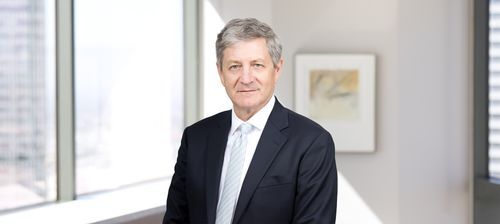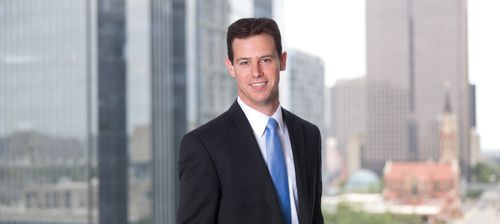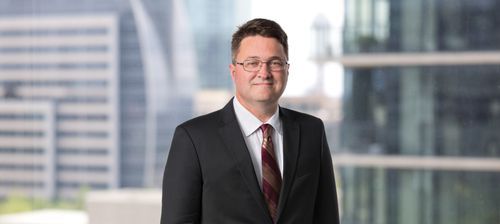Client Alert
Reversing Obviousness Finding Because Prior Art Was Not Self-Enabling
Client Alert
Reversing Obviousness Finding Because Prior Art Was Not Self-Enabling
May 24, 2021
Raytheon Technologies Corp. v. General Electric Co., No. 20-1755 (Fed. Cir. April 16, 2021)
The question on appeal was whether a prior art reference used in a successful Section 103 obviousness challenge had a “self-enabling” disclosure. The question arose because of the requirement that the evidence establish that a skilled artisan at the time could have made and used the claimed invention.
Here, the prior art reference was relied upon to show the obviousness of a claimed power density limitation for an engine. The evidence, however, established that the reference’s disclosure was premised on the use of nonexistent composite materials that potentially could be used for a futuristic engine. Thus, the Federal Circuit reversed the obviousness holding, finding there was no proof that a skilled artisan could make and use the claimed invention.
Arguments to the contrary were rejected. It was of no moment that the patent challenger presented expert analysis that a skilled artisan could have successfully constructed a computer model of the claimed engine, because the relevant question was whether the skilled artisan could construct the claimed engine. Similarly, it did not matter whether a skilled artisan would have been motivated to optimize engine features as claimed because, if a “skilled artisan cannot make [the engine described in the prior art reference], a skilled artisan necessarily cannot optimize” the engine to meet the claimed features.
Read the full decision here.




